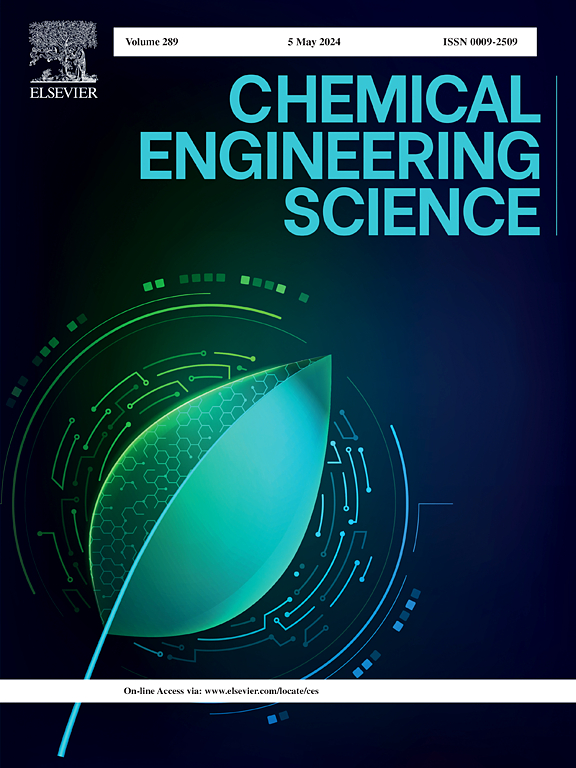化工智能制造过程变量监测的柔性多步预测体系结构
IF 4.1
2区 工程技术
Q2 ENGINEERING, CHEMICAL
引用次数: 0
摘要
多步预测模型可以提前对过程变量进行预测,对过程变量的监测具有重要意义。尽管深度学习(DL)在多步骤预测方面很有前景,但其兼容性、可解释性和实用性对化学应用至关重要,却很少受到关注。为此,提出了一种深度学习结构-轻注意力-混合基目标自回归单元(LAMB-TAU)。它利用特殊设计的网络来模拟过程驱动力,并用解码器包装这些网络,提供可解释和高精度的过程变量多步预测。此外,还提出了一种自适应采样方法,使难以测量的变量的多步预测从高成本的实验中解脱出来。LAMB-TAU的有效性通过对化学过程(包括酯化和甲醛生产)的建模研究得到验证。此外,还探讨了模型的实用性,包括扩展多步预测、不确定性和计算成本。所提出的LAMB-TAU对化工过程监控的DL多步预测研究具有指导意义,促进了化工智能化的发展。本文章由计算机程序翻译,如有差异,请以英文原文为准。
A flexible multi-step prediction architecture for process variable monitoring in chemical intelligent manufacturing
Multi-step prediction models can forecast variables ahead of time, which is valuable for process variable monitoring. Although deep learning (DL) is promising in multi-step prediction, its compatibility, interpretability and practicality, which are crucial for chemical applications, have received little attention. Thus, a DL architecture—Light Attention-Mixed Base Target Autoregression Unit (LAMB-TAU) is proposed. It utilizes special-designed networks to simulate process driving forces, and wraps these networks with a decoder, delivering an interpretable and high-accuracy multi-step prediction on process variables. Moreover, an adaptable sampling procedure is proposed to free the multi-step predictions on difficult-to-measure variables from high-cost experiments. The effectiveness of LAMB-TAU is verified by modeling studies on chemical processes including esterification and formaldehyde production. Besides, model practicalities including extended multi-step prediction, uncertainty and computational cost are explored. The proposed LAMB-TAU is instructive for DL multi-step prediction studies toward chemical process monitoring, which promotes the development of intelligent chemical industry.
求助全文
通过发布文献求助,成功后即可免费获取论文全文。
去求助
来源期刊

Chemical Engineering Science
工程技术-工程:化工
CiteScore
7.50
自引率
8.50%
发文量
1025
审稿时长
50 days
期刊介绍:
Chemical engineering enables the transformation of natural resources and energy into useful products for society. It draws on and applies natural sciences, mathematics and economics, and has developed fundamental engineering science that underpins the discipline.
Chemical Engineering Science (CES) has been publishing papers on the fundamentals of chemical engineering since 1951. CES is the platform where the most significant advances in the discipline have ever since been published. Chemical Engineering Science has accompanied and sustained chemical engineering through its development into the vibrant and broad scientific discipline it is today.
 求助内容:
求助内容: 应助结果提醒方式:
应助结果提醒方式:


